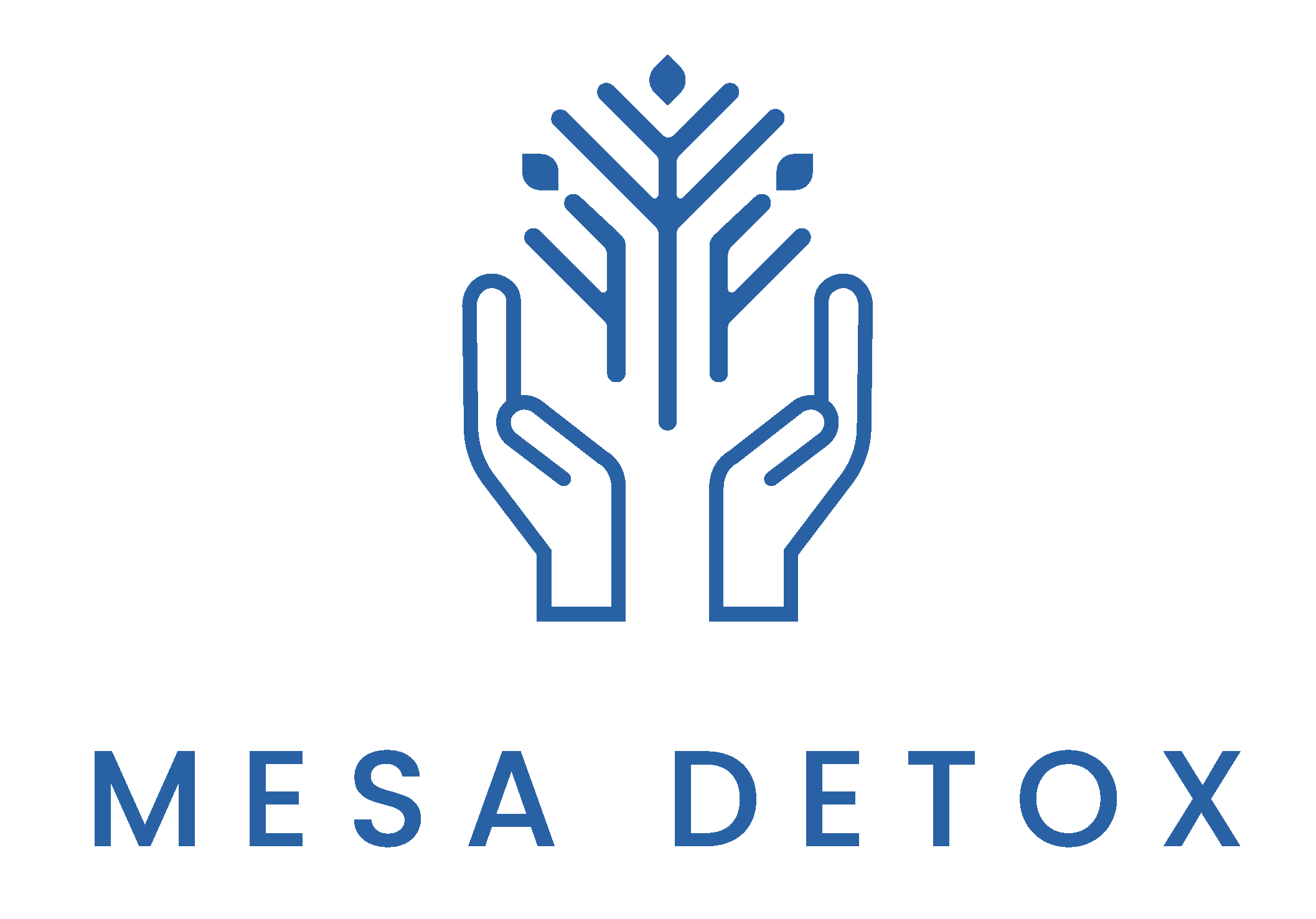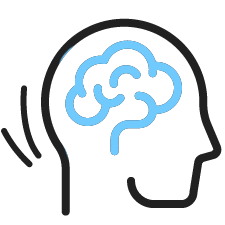Alcohol withdrawal is a serious medical condition that happens when a person with alcohol dependence abruptly stops drinking. Symptoms can vary from mild anxiety and tremors to more severe issues like seizures and delirium tremens.
To assess and manage these symptoms effectively, healthcare providers rely on tools such as the CIWA alcohol withdrawal scale. This scale is essential for tracking the severity of withdrawal and helps guide treatment, ensuring both safety and comfort during the detox process.





